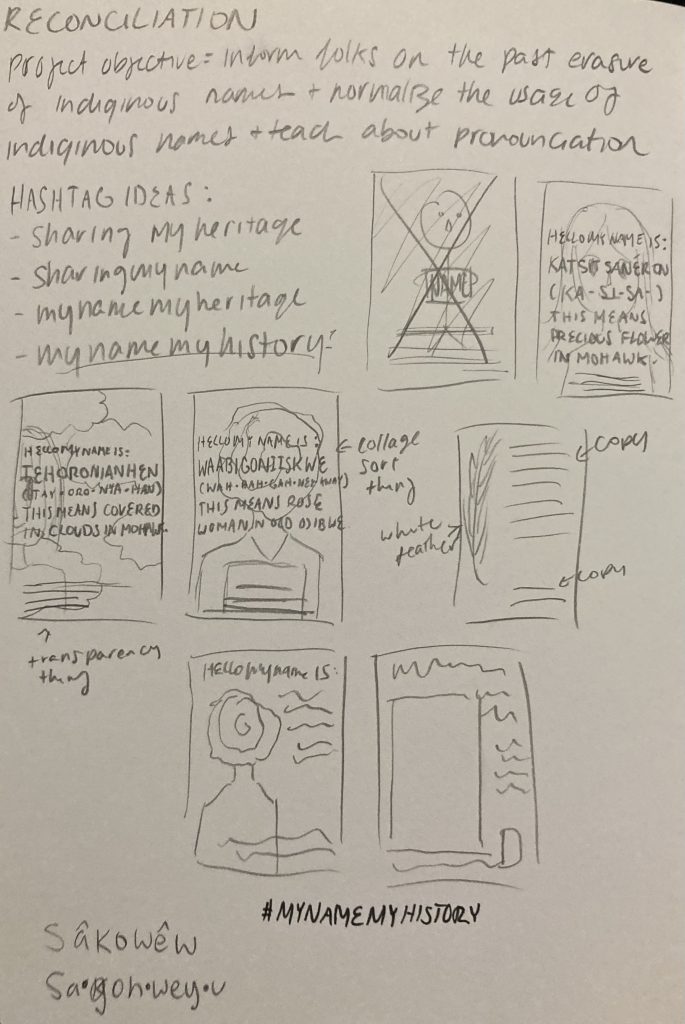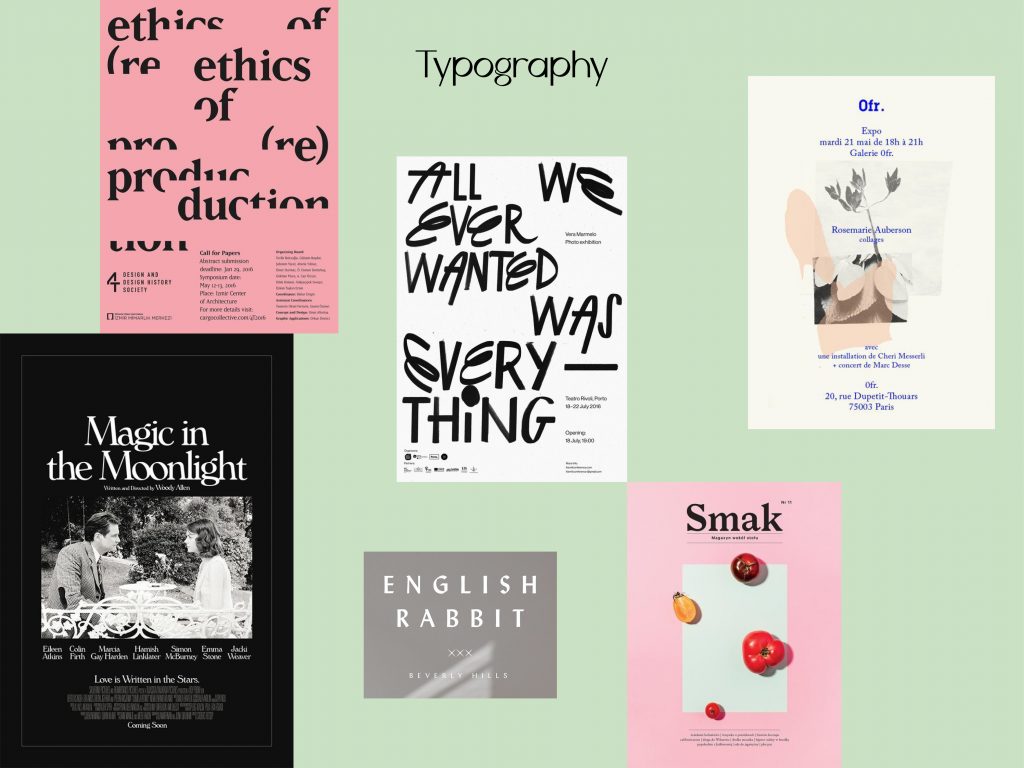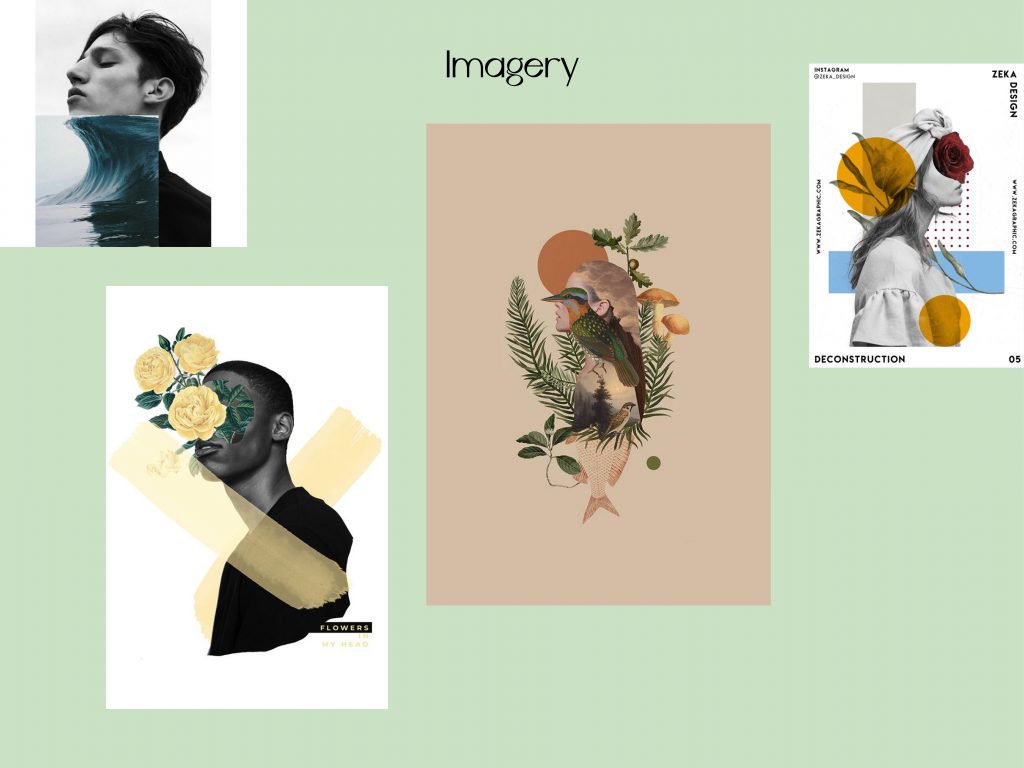The erasure of Indigenous names began very early on in colonialism, with many Indigenous people losing important family heritage linked to their names, in addition to a loss of their sense of identity. There is a need for Indigenous folks to reclaim the names and heritage that were lost to the Canadian government – to embrace their traditional names and share their meaning and history with others.
It is from this need that I developed this campaign: a campaign that would encourage more Indigenous people to embrace and reclaim their traditional names. I also wanted to create something that would function as a platform for folks to share their hardships and stories with the general public, to spark change in government laws regarding the naming process in Canada.
I began by researching the naming process for indigenous communities and the significant role names play in their culture. Next, I searched for articles containing stories from people who had lost their names and were in the process of attempting to reclaim them, or individuals who were trying to give their children traditional names but couldn’t due to laws in Canada regarding spelling.
I compiled a list containing names and their pronunciations, meanings, and history associated with their owners. I knew that I didn’t want to choose random names as examples – I specifically wanted to choose names from people who underwent/are still undergoing struggle in the reclamation process.

Next I had to decide how I wanted to execute the campaign. I ended up deciding on bus-shelter posters to reach the general public, along with a guerilla marketing campaign to pique interest and drive traffic to the social media campaign. The social media campaign is a vital part of the project, as it is where Indigenous people get to share their names and stories. A website would also be implemented, contacting people who post on the Instagram hashtag and interviewing them to get their full stories to share on the site. In using this breadth of media, I figured the campaign would have the highest chance of reaching the most people.
Once I had all my information and research done, I began the process of sketching and creating mood boards to flesh out a clearer concept of what I wanted for the design.
I knew that I wanted the tone to be very inspiring and whimsical, something to catch people’s eyes. Initially, I intended to design a more typography heavy poster with a simple portrait behind the text, but as I was working I realized that it looked too generic. That was when the thought of doing a collage popped into my head.



The most difficult part of this project was definitely the research – I spent countless hours searching for information from many obscure scholarly papers and websites until I found what I was looking for. Much of the information I learned didn’t even end up making it into the final project, which was a bit frustrating and I wish I had set specific boundaries for the information I needed in advance. It was also very difficult finding pronunciation of names and in some cases it took several hours just to discern the correct pronunciation for a single name.
Overall I am very proud of this project, though it would’ve been a lot better had I been able to interview Indigenous people personally and document their stories.